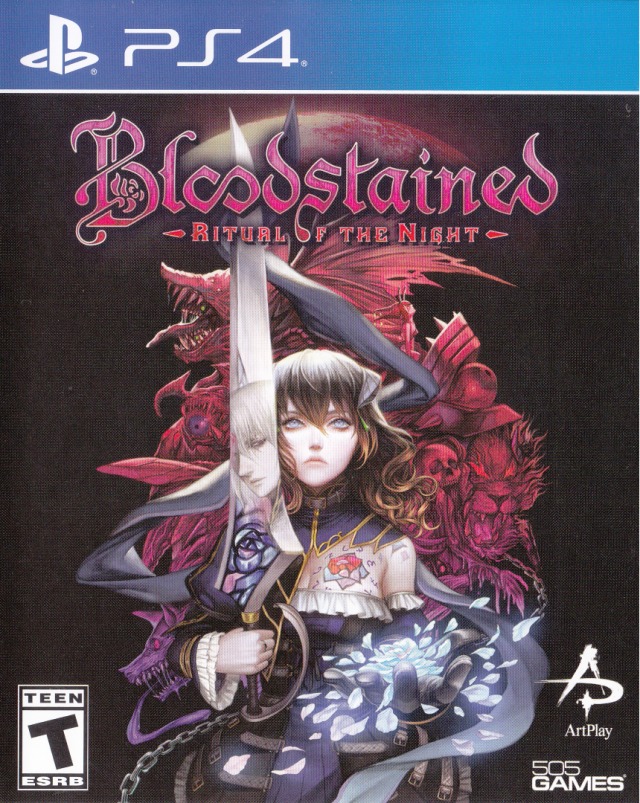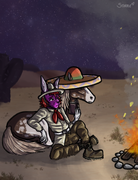 A Memory of Light by Robert Jordan
A Memory of Light by Robert JordanMy rating: 4 of 5 stars
The concluding entry to the late Robert Jordan’s Wheel of Time saga, completed by Brandon Sanderson, opens with a fictitious excerpt about the Breaking of the World, following which is a prologue spanning the perspectives of multiple character sets. The main chapters open with the same wind motif that commence those of the book’s precursors, with a gathering far north of Caemlyn, and the world in decay. The Last Battle officially begins with Trollocs storming the aforementioned city, with the militaries of the various nations needing to mobilize, and one of the characters, Androl, receiving a demotion to a regular soldier.
King Easar of Sheinar leads the Borderlanders against the Trollocs and their allies, and the Dragon Reborn, Rand al’Thor, vows to kill the Dark One, even if it costs him his life. There is debate about who will lead the forces of good against those evil, with Lan leading the Borderlander Asha’man and having occasional nostalgia as the heir to the deceased Kingdom of Malkier. Matrim Cauthon at one point breaks into the Tarasin Palace of Ebou Dar, with his wife Empress Fortuona of Seanchan yearning for offspring, and his friend Rand training with his adoptive father Tam to ready for the Last Battle.
The Dragon himself parleys with the Seanchan leader, wishing for her to relinquish the captive damane in her country. Gawyn, the Aes Sedai, and Queen Elayne seek to stem the advances of the Trollocs, with contemplation by Rand on when to break the remaining seals on the Dark One’s prison. New enemies from the country of Shara east from the Aiel Waste collaborate with Shai’tan’s forces, with the upper hand in combat sporadically undulating between the opposing factions. Some characters allegedly fighting for good are suspected to be Darkfriends, whilst Perrin battles Slayer within his wolf dreams.
Sanderson dedicates an extremely-lengthy, hundred-plus-page-in-physical-format chapter to the climactic events of the Last Battle, which begins on Polov Heights, and Rand confronts the Dark One himself, who tries to distract him with illusions. Several important characters meet their deaths, with several smaller conflicts between luminaries of good and the remaining Forsaken following the chief action of the Last Battle, the Dragon Reborn continuing his crusade against Shai’tan. The remaining chapters, including the epilogue, settle the fates of the various characters once and for all, with the final entry cleverly concluding with the same windy motif that begins all books but the prequel.
Overall, the conclusive Wheel of Time novel is definitely a satisfactory ending, with plenty of action nonstop at many points, although Sanderson could have definitely broken down the chapter entitled “The Last Battle” into multiple subsections, since most readers will need plenty of spare time to read it through from start to finish. This reviewer also took minor perplexion at the abrupt introduction of the Sharans, driving him to look on the Internet, and the conclusion definitely shows its inspiration by the Star Wars saga, with occasional reference to being “turned to the Shadow.” Regardless, the author definitely did justice to the late Robert Jordan’s work, and this critic definitely doesn’t regret reading the sometimes-verbose epic.
View all my reviews





















